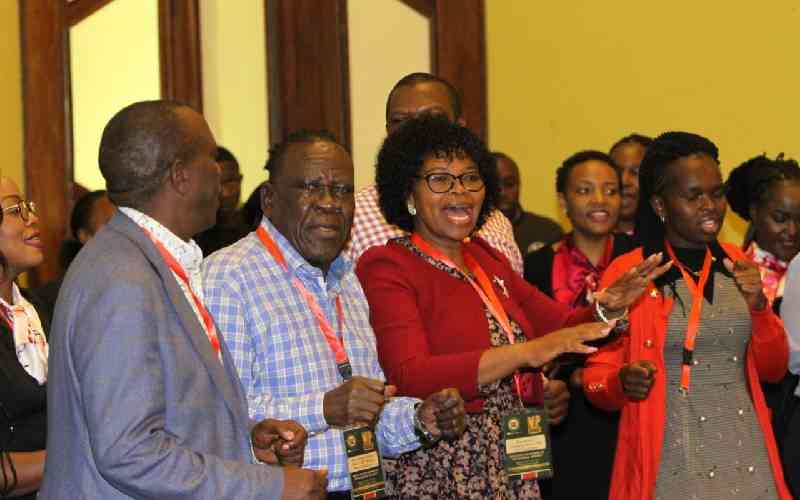Fiona has strengthened into a category 4 hurricane as it moves away from the Turks and Caicos Islands towards Bermuda, the US National Hurricane Center (NHC) says.
The hurricane was about 1,215 km (755 miles) southwest of Bermuda, packing maximum winds of 130mph (210km/h), the agency said on Wednesday.
A category 4 hurricane is the second highest level on the Saffir-Simpson scale.
“Swells from Fiona are expected to reach Bermuda by early Thursday. The swells could cause life-threatening surf and rip current conditions,” the NHC said in its advisory.
Fiona slammed the Turks and Caicos Islands on Tuesday after leaving a trail of destruction in Puerto Rico and the Dominican Republic and killing at least five people.
“Hurricane Fiona has proven to be an unpredictable storm,” Anya Williams, the deputy governor of the Turks and Caicos Islands, said in a broadcast.
Williams said no casualties or serious injuries had been reported in the Turks and Caicos Islands, but she urged residents to continue to shelter in place.
Blackouts were reported on Grand Turk and several other islands in the archipelago and 165 people were admitted to shelters, she said, adding that Britain’s Royal Navy and the United States Coast Guard are standing by to assist.
Dominican Republic President Luis Abinader declared three eastern provinces to be disaster zones: La Altagracia – home to the popular resort of Punta Cana – El Seibo and Hato Mayor.
Authorities on Tuesday said more than 10,000 people had been moved to “safe areas,” while about 400,000 are without electricity.
Homes are flooded on Salinas Beach after the passing of Hurricane Fiona in Salinas, Puerto Rico [Alejandro Granadillo/AP]
US President Joe Biden declared a state of emergency in Puerto Rico and dispatched the head of the Federal Emergency Management Agency to the island, which is still struggling to recover from Hurricane Maria five years ago.
“We are sending hundreds of additional personnel to support all affected communities,” FEMA Administrator Deanne Criswell said on Tuesday after a tour with Pedro Pierluisi, the island’s governor.
Pierluisi said the storm had caused catastrophic damage on the island of three million people since Sunday, with some areas receiving more than 30 inches (760mm) of rain.
Michelle Carlo, medical adviser for Direct Relief in Puerto Rico, told CBS News “a lot of people in Puerto Rico are suffering right now”.
“About 80 percent of Puerto Ricans are still without power and about 65 percent are without water service,” Carlo said.
Across Puerto Rico, Fiona caused landslides, blocked roads and toppled trees, power lines and bridges, Pierluisi said.
After years of financial woes and recession, Puerto Rico in 2017 declared the largest bankruptcy ever by a local US administration.
Later that year, the double hit from hurricanes Irma and Maria added to the misery, devastating the electrical grid on the island – which has suffered from major infrastructure problems for years.
The grid was privatised in June 2021 in an effort to resolve the problem of blackouts, but the issue has persisted, and the entire island lost power earlier this year.





















Discussion about this post